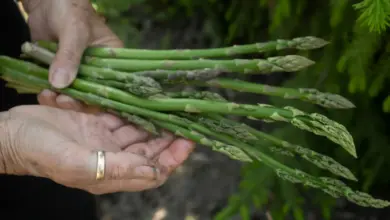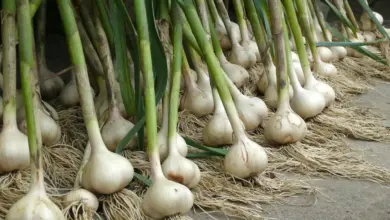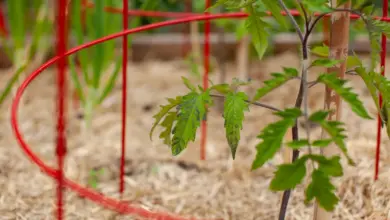Common Causes of White Spots on Zucchini Foliage
What Are Those White Spots on Zucchini Foliage?
No one can fault gardeners for thinking that their Zucchini plants have powdery mildew. This is a common fungal infection that looks like white powder has been sprinkled on the plants. White spots occur naturally in the patterns of zucchini leaves. There is no need to be alarmed. We will show you how to distinguish between powdery mildew and white spots on the leaves that are part of the pattern.
Rub the spot with your finger. It’s a quick and easy way to check for a problem. The powdery mildew will fall off the leaf when you gently rub it, but the white spots in the pattern of the leaves will not be affected. This is as simple as it gets.
To prevent the spread of powdery mildew, you should wash your hands before touching any other plants.
Powdery mildew is a white powder that coats plants severely affected. Plant zucchini in the full sun, and allow enough space between each plant to allow air to circulate. Avoid watering the zucchini from above, as this creates an ideal environment for fungi to thrive. Apply water beneath leaves using a drip irrigation system, or soaker hoses. This will allow you to get the water right down at the soil level.
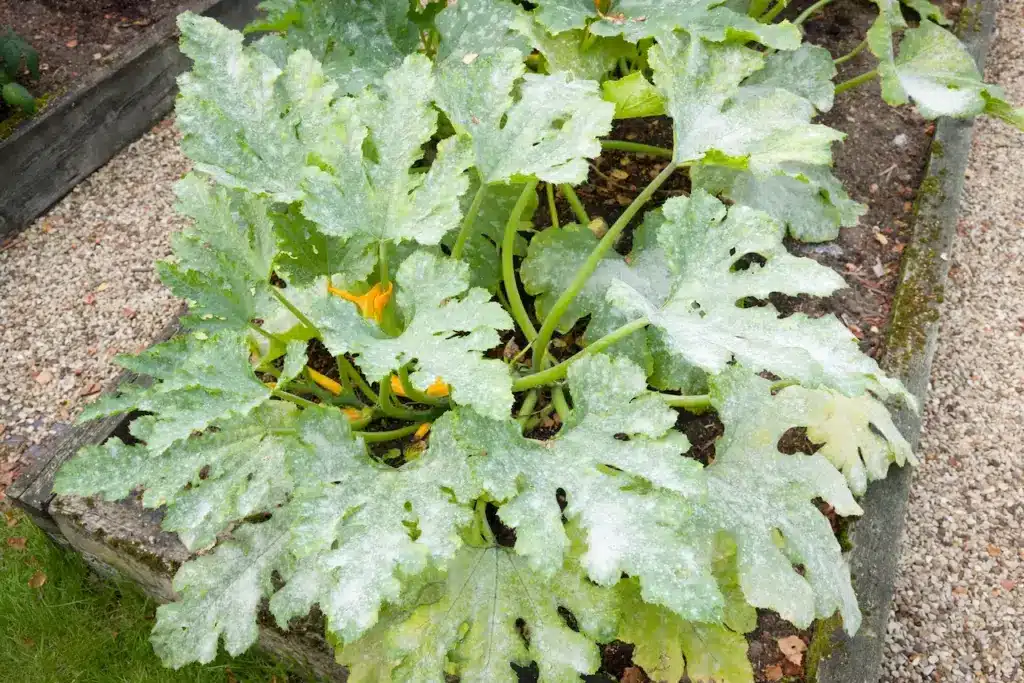
It’s important to take into consideration several factors when determining the cause of white spots on zucchini leaves.
- Powdery mildew: It is a fungal disease that affects zucchini plants in humid, warm conditions. Powdery mildew is a white powdery spot that appears on the leaves. It usually starts on older leaves before spreading to younger leaves. Powdery mildew can be prevented by allowing air to circulate the plants, avoiding overhead irrigation, and maintaining proper spacing. You can also use neem oil or any other fungicidal products.
- Downy mildew: Another fungal disease that can affect zucchini plants. The disease usually starts as yellow spots that appear on the upper surface of the leaves and then progresses to a white, fluffy growth on the lower side. As with powdery mildew, prevention is possible by ensuring proper air circulation and watering. Fungicidal sprays may be used.
- Insect damage: Certain insect pests, such as spider mites and whiteflies, can leave white spots or stippling on leaves when they feed. Using insecticidal oil or soap to control pests can be achieved by inspecting the undersides of leaves.
- Mineral Deficiency: White spots may be an indication of a mineral deficiency. Nutrient deficiencies can be addressed by adding a balanced fertilizer to the soil or adjusting its pH.
- Environmental factors: Extreme conditions such as high temperatures or intense sunlight can cause sunburn or white spots on leaves. Plants can be protected by providing shade during the hotter part of the day, or by using row covers.
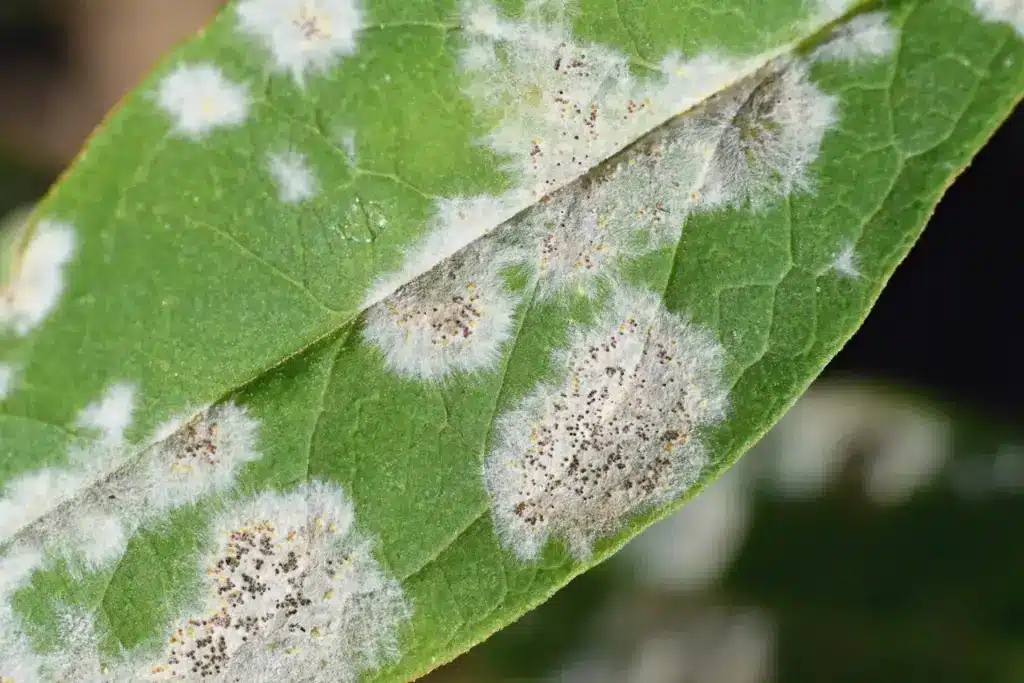
You can determine the cause by examining the affected plants and taking into consideration these factors. This will help you take the appropriate action.
To prevent white spots on zucchini foliage, ensure proper plant spacing to promote good airflow, which helps reduce the humidity that fosters fungal growth.
Avoid overhead watering to keep the leaves dry, as moisture on foliage can encourage the development of diseases like powdery and downy mildew. Regularly inspect your plants for pests such as spider mites and whiteflies, and use insecticidal soap or neem oil if necessary.
Providing balanced nutrition through appropriate fertilization can prevent nutrient deficiencies that might cause discolouration. Additionally, protect your plants from extreme weather conditions by using shade cloth during intense heat or providing some form of cover during heavy rain.

